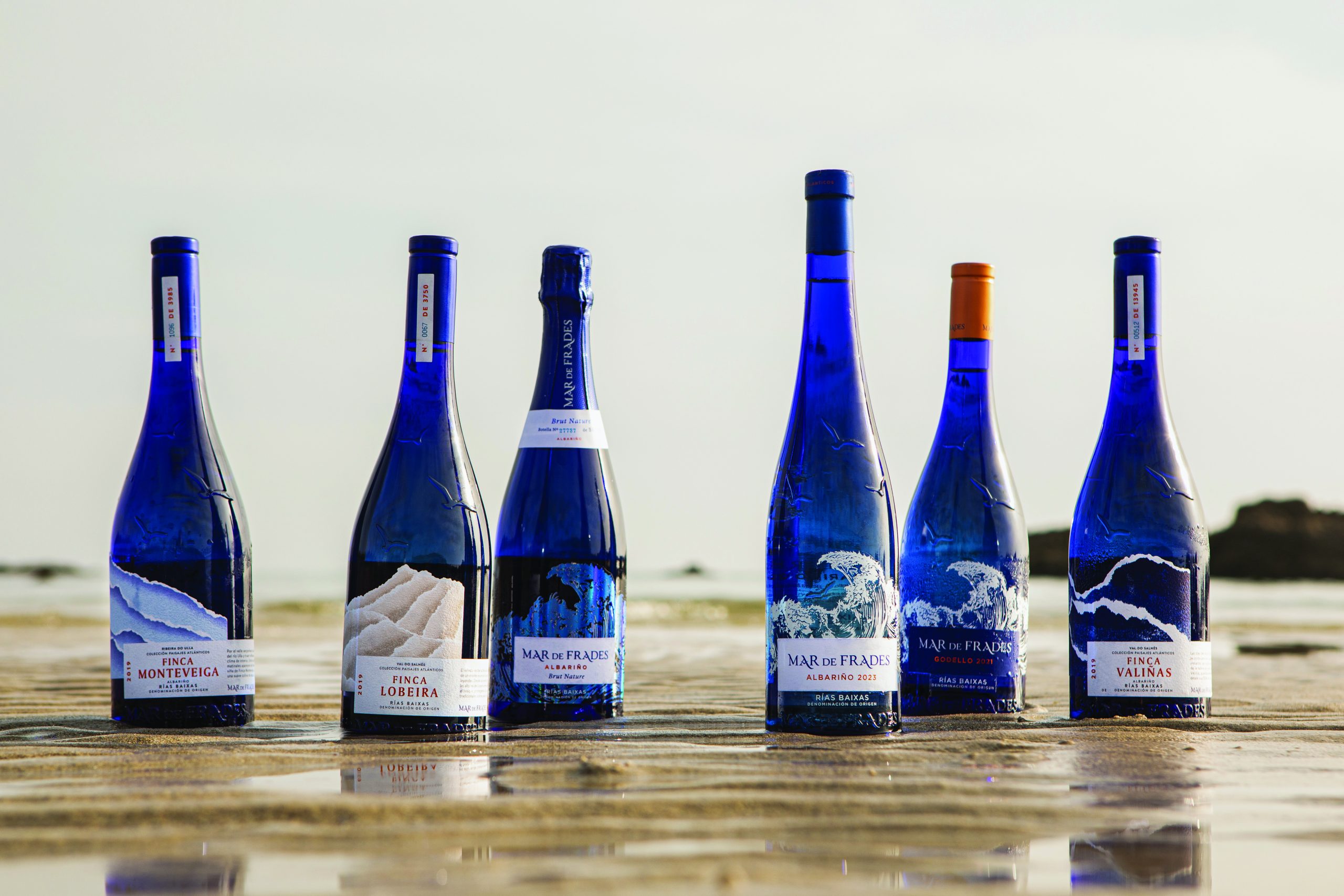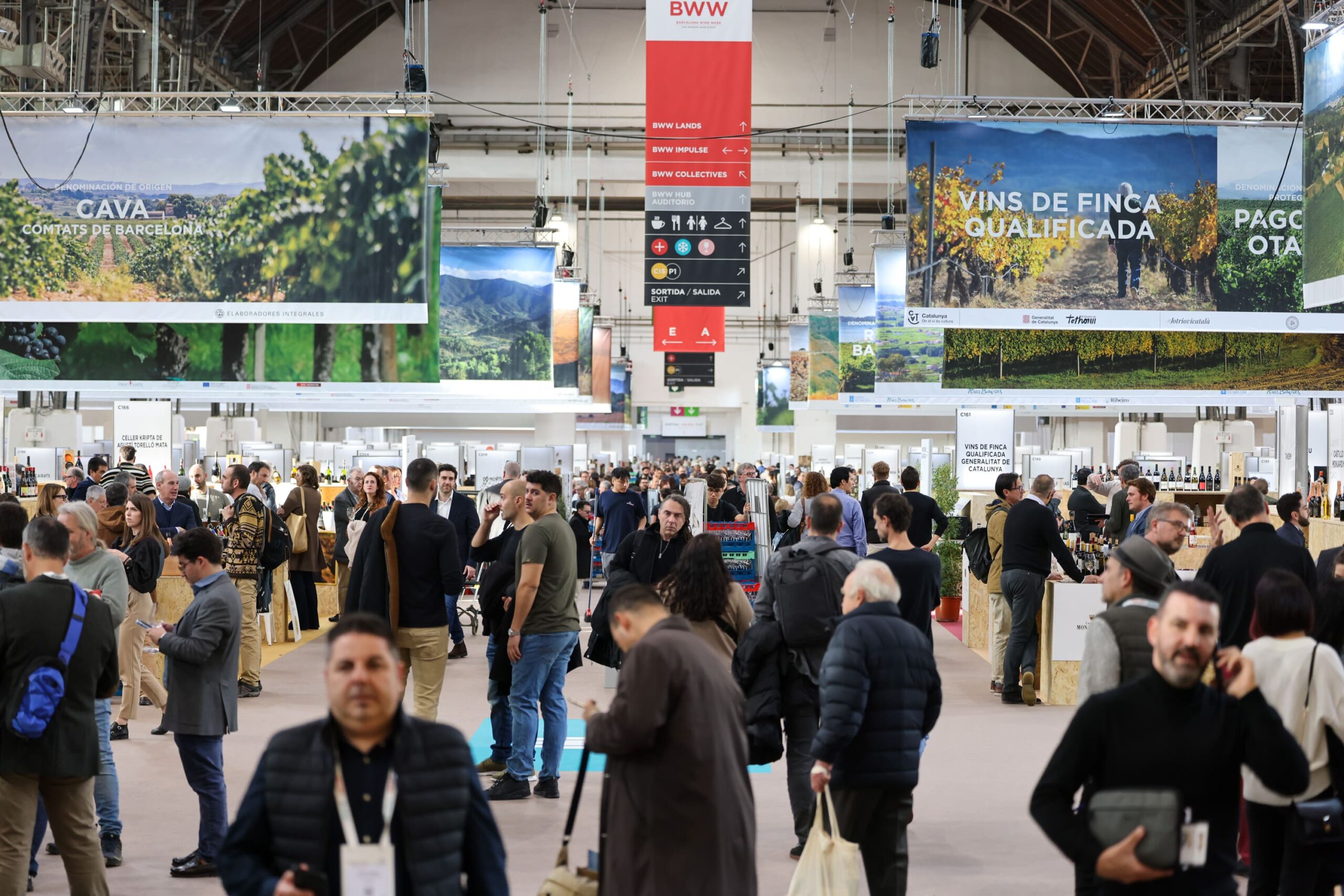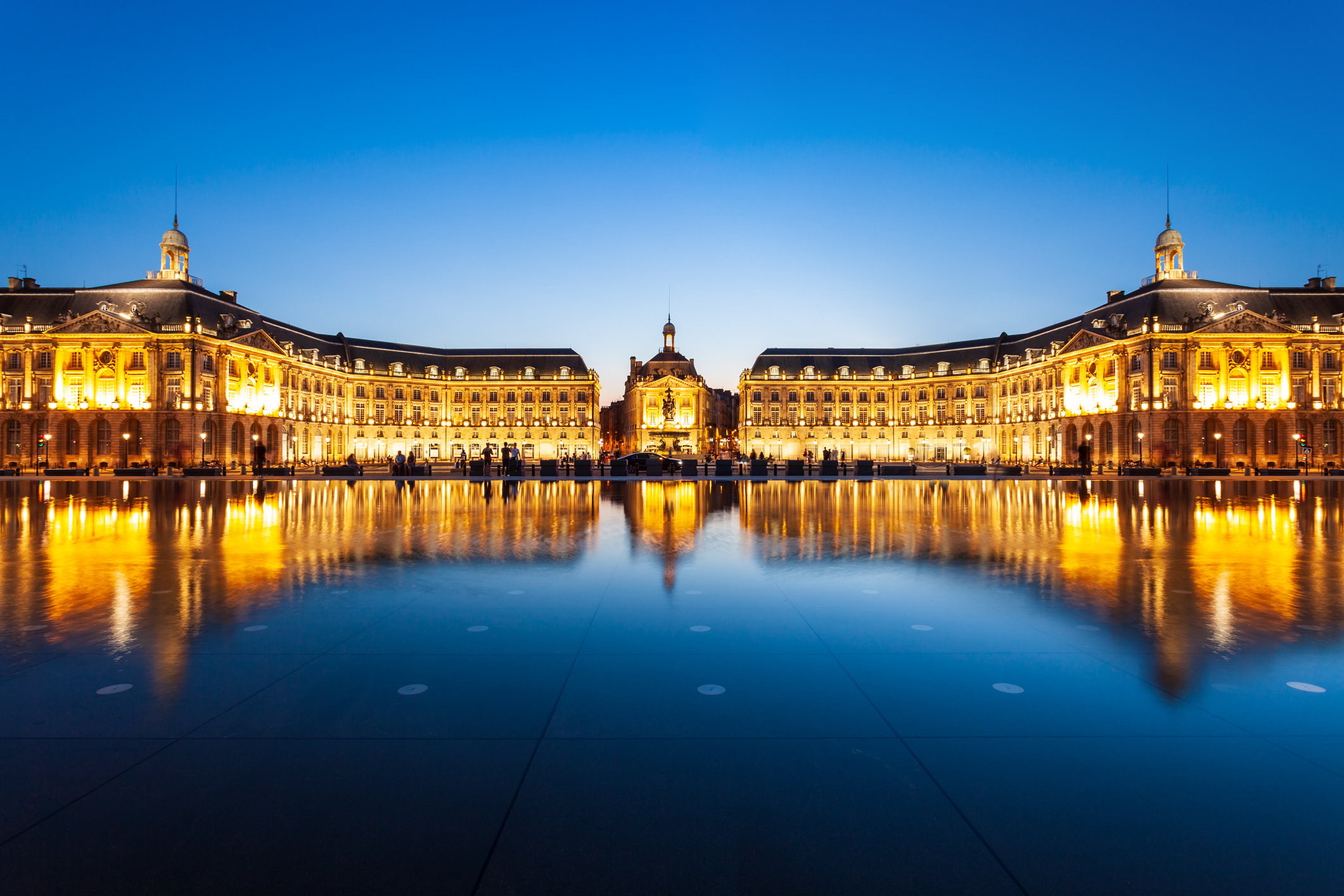Billecart-Salmon launches two 2012 prestige lines
Champagne Billecart-Salmon has launched two 2012 prestige lines – Cuvée Louis Blanc de Blancs and Cuvée Elisabeth Salmon Rosé 2012. Giles Fallowfield reports.
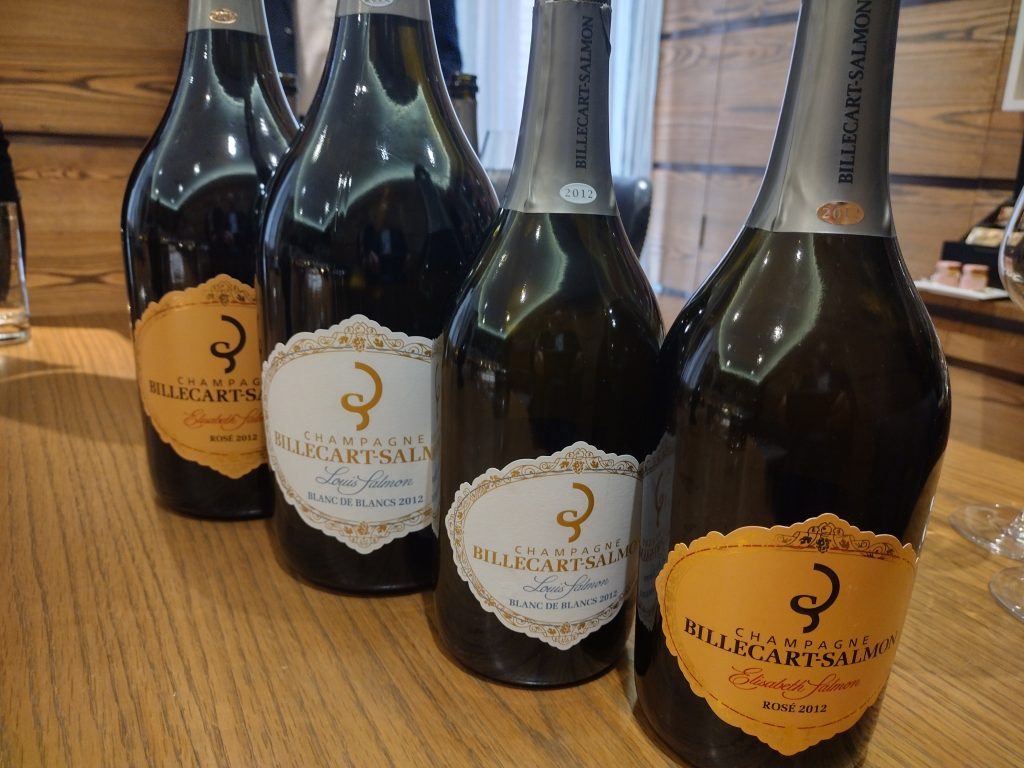
The Champagne houses have forgotten the importance of extended lees ageing for their wines, especially top vintage cuvées. So said Billecart-Salmon’s CEO Mathieu Roland-Billecart, speaking at the launch of two of their prestige lines from the 2012 vintage — Billecart-Salmon, Louis Salmon Blanc de Blancs and Billecart-Salmon, Elisabeth Salmon Rosé. Both have only just been put on the market after each wine was aged on their lees for 115 months before being disgorged.
With many houses moving past the 2015 vintage and some early 2018s already in the market, he has a point. And the point is underlined further by the fact that the multi-vintage ‘warm up wine’ for the Louis Salmon 2012 is the current release of Billecart’s Blanc de Blancs Grand Cru which is 77% based on the 2017 harvest (plus 23% reserve wine from 2016) and this was disgorged with a dosage of just 1.2gms/l in the second quarter of 2023, so it had five years lees ageing. It only partially goes through malolactic, and it is sourced from just four Côte des Blancs grands crus – Avize, Chouilly, Cramant and Mesnil-sur-Oger, so it needs this time in bottle.
We know all this because Roland-Billecart tells us, but this level of detail is also available on all the Billecart-Salmon cuvées via a new six digit ‘My Origin’ code which every back label now bears, in another innovation that he has introduced. It’s just one of a number of tweaks that Roland-Billecart has given to the wines, since he took over stewardship of the house in 2019 and he also revealed that he is cutting out two lines from the range: the straight vintage, last made in 2016 and the Brut Nature non-dosée.
While the straight vintage has gone in order to preserve more of the best fruit Billecart has for the three prestige vintage lines (the two mentioned plus Cuvée Nicolas François), more interestingly, Roland-Billecart notes, Brut Nature departs because it’s been made obsolete thanks to the quite dramatic changes, he has introduced for Brut Réserve.
That now has some oak ageing, the 2018 based wine still found in the market has 6% oak in the blend, and 46% reserve wine including a solera element from harvests dating back to 2006, and when they move from the current ‘19 base to 2020 base late in 2024, it will be Extra Brut with what he sees as no discernible difference in dosage to the Brut Nature. It will soon have the extra year ie 48 months in bottle, that Brut Nature used to get compared to Brut Réserve too.
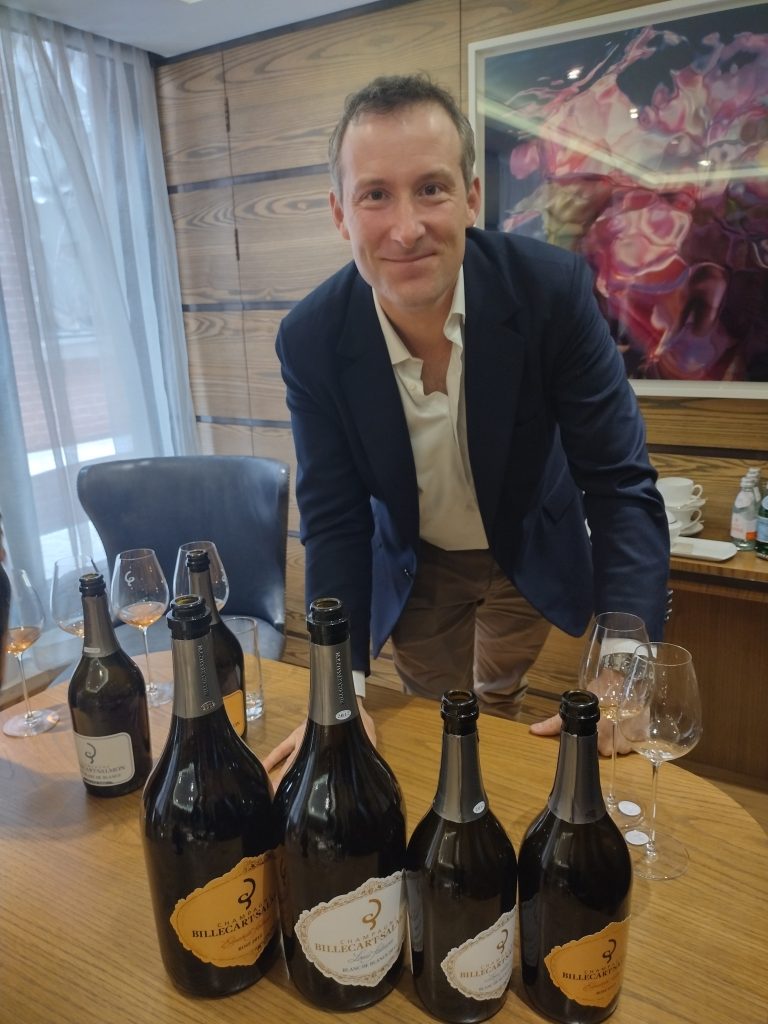
Partner Content
He notes, as has been widely reported, that 2012 was a very difficult early growing season with frost, mildew, rain and hail, but quality was saved by the weather turning in August, as the Champenois say: “Août fait le moût” (August makes the must). At the time comparisons with 2002 and 1990 were made, while Roland-Billecart puts it somewhere between 2002 and 2008: “More backbone than 2002 and not as austere on release while it has more meat around the bone than 2008.” We taste it in bottle and magnum and while the bottle is a delight, in magnum – where it is now aged under cork rather than crown cap (another change that he has introduced) — it reaches another level of excitement, spiciness and sherbetty intensity. All this is helped by the fact it was disgorged in the first quarter of 2023, so has had a full 12 months on the final cork.
The blend, again 100% Grand Cru, is 60% Le Mesnil, 23% Cramant, 11% Chouilly and 6% Oiry with 25% fermented in small oak barrels though this brings textural complexity rather than any overt oakiness. To get an idea of how the 2012 wine may develop Roland-Billecart brings 2004, “it’s the nearest in style that I have in the cellar to show something similar”, disgorged in March 2016 and with a slightly different blend of crus: 50% Mesnil, 30% Chouilly, 10% Avize and 10% Cramant, with 6gms/l dosage, “low for its time”. At or near its peak, a delight, but he sees ’12 as superior to ’04 thanks to its inherent power and depth.
Switching to pink, we have our palate set with the current Brut Rosé which has just moved to a 2020 base but has more reserve wine in the blend than you might expect at 54% and dating back to the 2014 harvest, “we go older here with the pink compared to the Brut Reserve blend”. Its wonderfully fresh still, partly thanks to the low 4.7gms/l dosage. The blend is 45% Chardonnay, 35% Pinot Noir and 20% Meunier with 7-8% red wine.
Elisabeth Salmon Rosé is in contrast normally around a 50/50 Chardonnay/Pinot blend, but here its 55% Chardonnay from Chouilly, Avize, Mesnil and Cramant for Chardonnay, and 45% Mareuil, Ambonnay and Aÿ Pinot with a concentrated 8.3% red wine from home base in Mareuil-sur-Aÿ giving more depth and colour than that amount suggests, and 3% of the blend seeing oak. The dosage here is just 3.8gms/l and, says Roland-Billecart, they learned from the mistakes made in 1996, when they raised dosage levels to counter the high acidity of the year, that in the long term in “less is more”.
Again, the magnum of 2012 particularly shone, with every element somehow heightened versus the bottle, while the 2002 Elisabeth Salmon Rosé bought for comparison demonstrates this is a rose style that can benefit from considerable ageing to excellent effect.
Available from independent wine merchants. RRP: Elisabeth Salmon 2012: £175 | Louis Salmon 2012: £145
Related news
Castel Group leadership coup escalates
For the twelfth day of Christmas...
Zuccardi Valle de Uco: textured, unique and revolutionary wines


